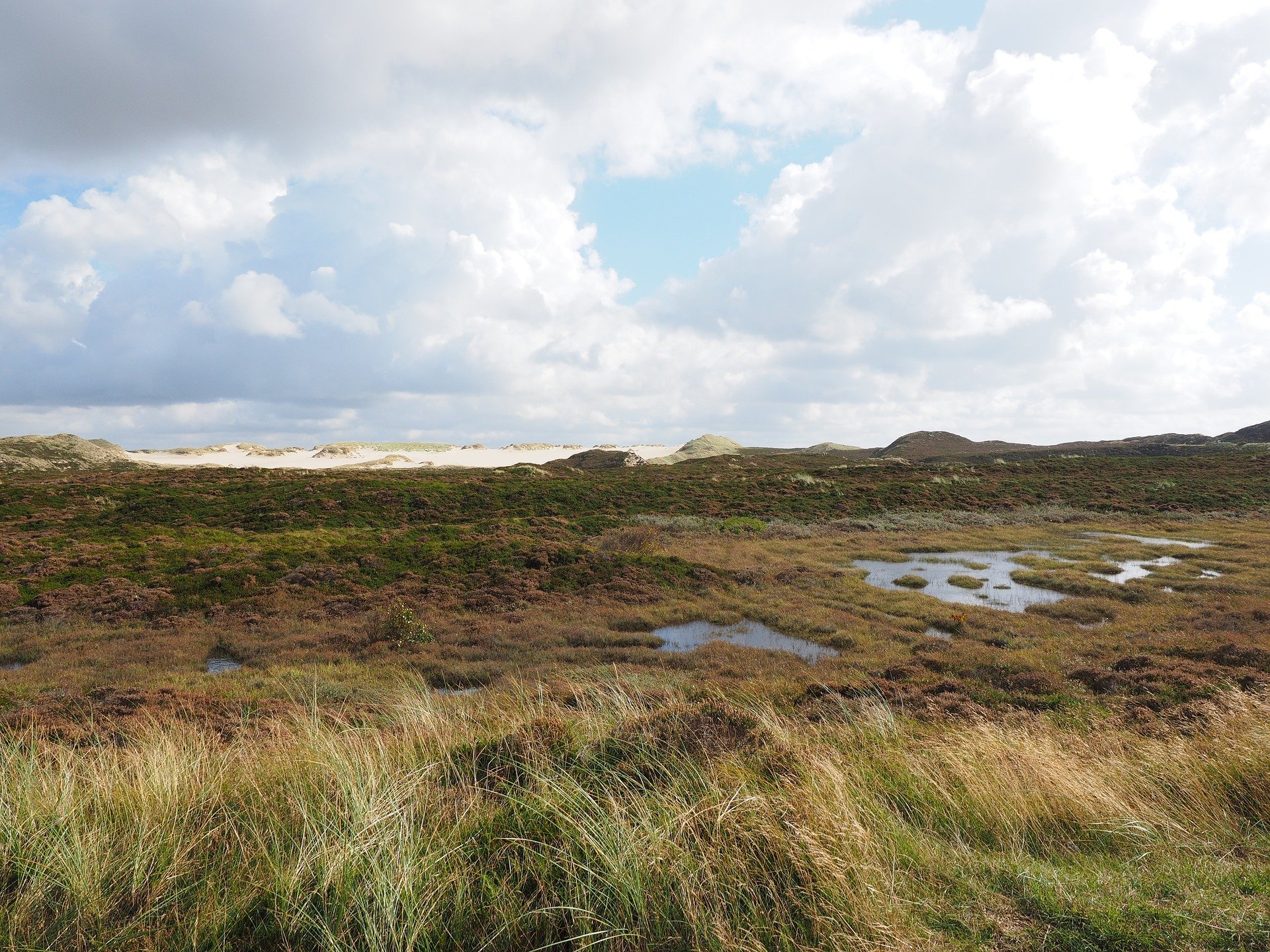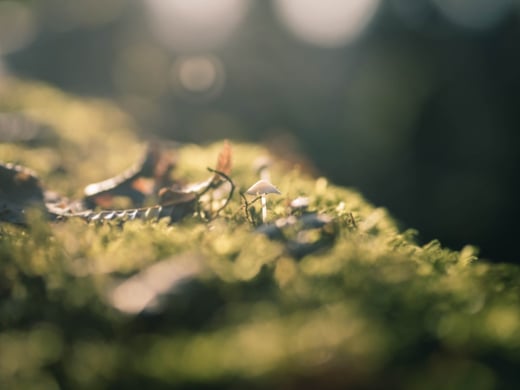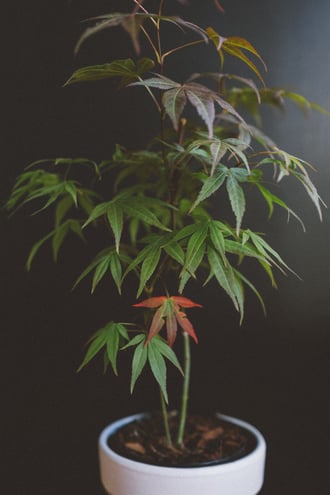
Peat is a nonrenewable resource that we’re using at alarming rates, wreaking havoc on the environment as we do.
Peat is one of our main gardening staples. It’s used in applications ranging from potting plants to amending soil to starting seeds.
Inarguably, it’s an awesome tool in the landscaping and gardening fields. Its comparative cheapness compared to composts and other amendments makes it appealing right there. Add in excellent water and nutrient retention, soil lightening capabilities and pH adjustment, and you have a shoo-in of a gardening material.
The problem? Peat is not a renewable resource, no matter what some stakeholders might claim. And that’s really bad for the world.
If we want to be better environmental stewards, we need to understand the consequence of peat’s use, as well as what we can do to fix the issue.
What Is Peat (Or Is It Peat “Moss”)?
 Peat is the result of dead fibrous material (most often moss) that decomposes in the absence of oxygen, i.e. in an anaerobic environment. Without this element, the rate of decomposition slows considerably, transforming dead plant matter into a spongy, absorbent material.
Peat is the result of dead fibrous material (most often moss) that decomposes in the absence of oxygen, i.e. in an anaerobic environment. Without this element, the rate of decomposition slows considerably, transforming dead plant matter into a spongy, absorbent material.
So is peat the same as peat moss? In short: No.
“Don't confuse the peat from dead plants with the actual sphagnum moss from living plants,” cautions the University of Vermont Extension. “Sphagnum moss often is seen as a liner for hanging baskets. This moss grows on tops of such wetlands, and is harvested first, then the peat below.”
Peat can also come from other sources, they add: “Peat can derive from other plants, such as sedges or reeds, and would be labeled as such although these are seldom seen.”
Should We Use Peat?
 Again, the answer to this question is no.
Again, the answer to this question is no.
Peat takes several millennia to form, and peatlands rise at a rate of one millimeter per year or less. If you’re thinking, “That is hella nonrenewable,” you are correct.
Despite this, it is used in a huge number of gardening applications at breathtaking rates, especially in the United States: “Imports of sphagnum peat moss from Canada represent 97% of total United States imports and 85% of total Canadian production.”
In some countries, notably Finland and Ireland, peat is classified as a renewable resource and is actually burned to produce electricity. Given the harms that arise from peat harvesting, this seems to us like shortsighted thinking.
While many peat producers claim they only harvest tiny quantities of their peat stores (like Canada in the above source), that’s not the case according to experts, who point out that peatlands are responsible for “storing more carbon than all other vegetation types in the world combined.”
Moreover, “Damaged peatlands are a major source of greenhouse gas emissions, annually releasing almost 6% of global anthropogenic CO2 emissions.”
Not good. We need to protect peatlands, period.
How Can We Protect Peatlands?
It’s tempting to turn a blind eye and keep using this miracle resource, but obviously that’s irresponsible. The team here at Ecogardens proposes a different approach, working to safeguard and restore peatlands instead of harvesting and destroying them.
We’re taking this to heart in our green roofing and ecological landscaping efforts. Instead of using peat, we’re:
- Making the switch to other water retention, pH-adjustment and soil lightening media
- Tracking and reporting on peatland protection
- Thinking through our use of materials during the initial design process of any green system
If you’re into more responsible peat use, we invite you to get in touch with us. We’d love to chat stewardship and help you find better solutions today.

